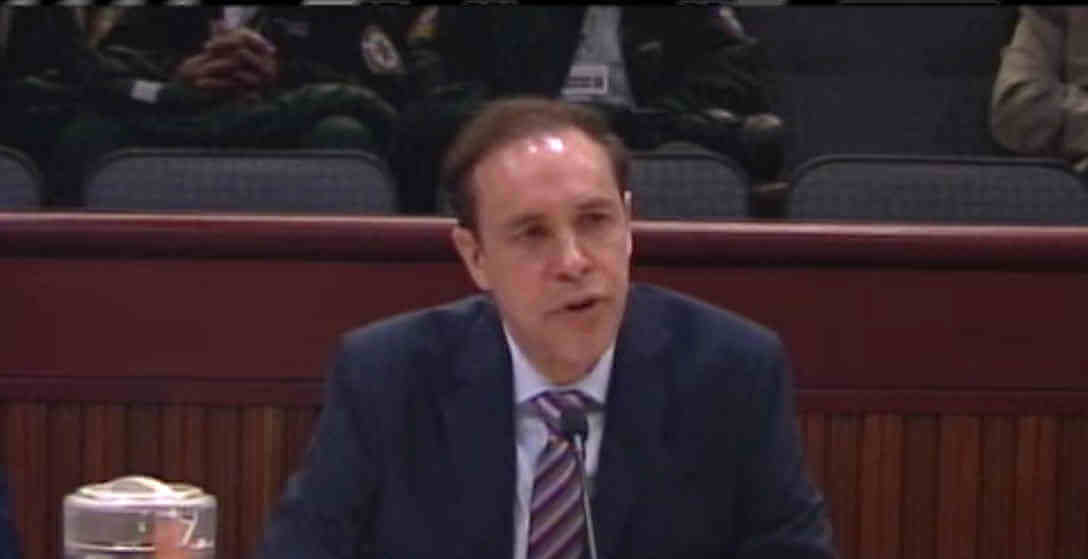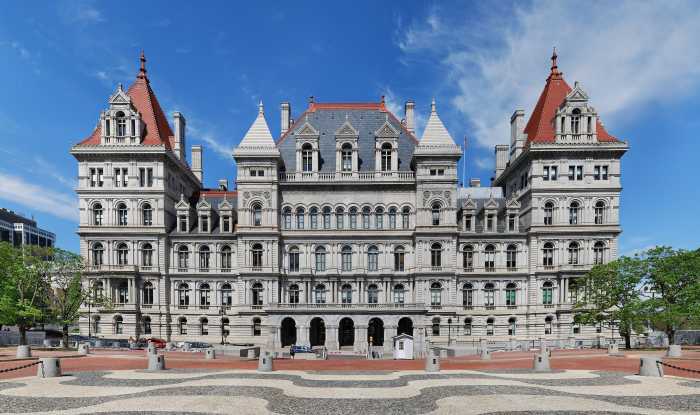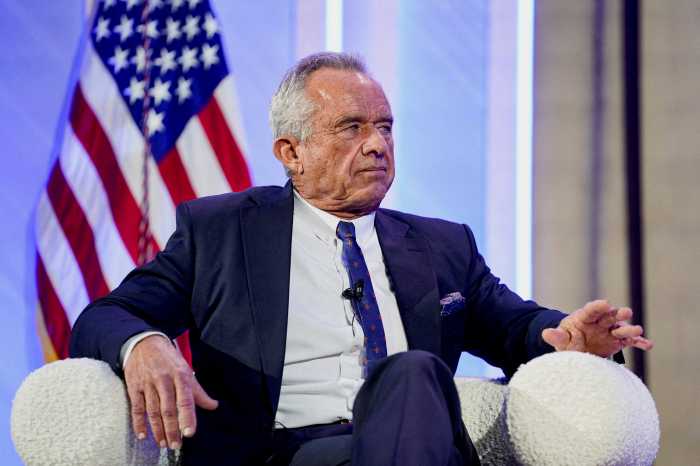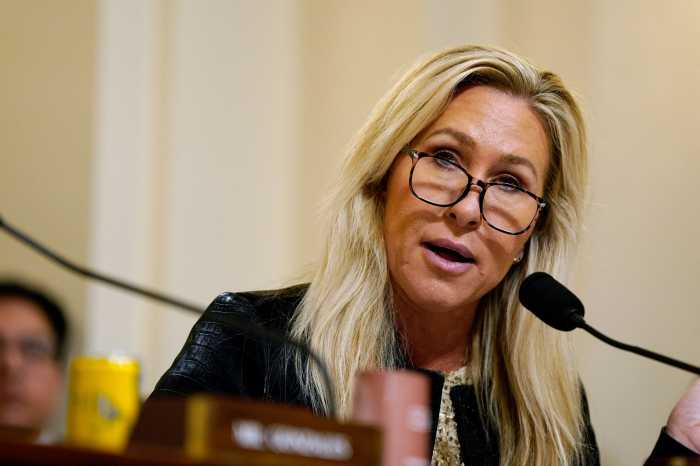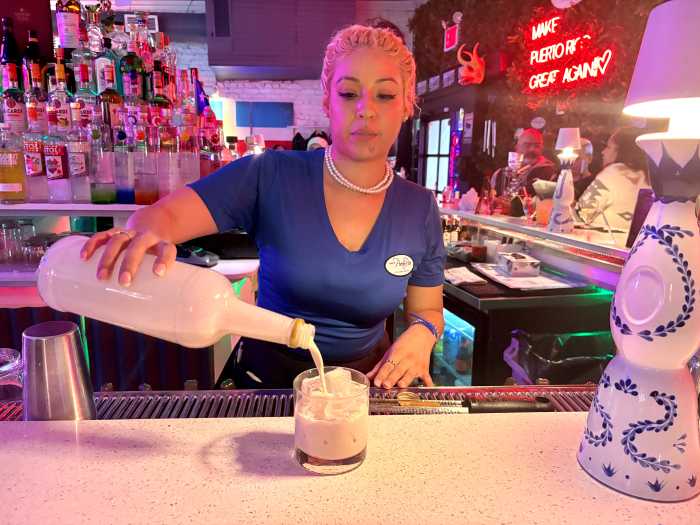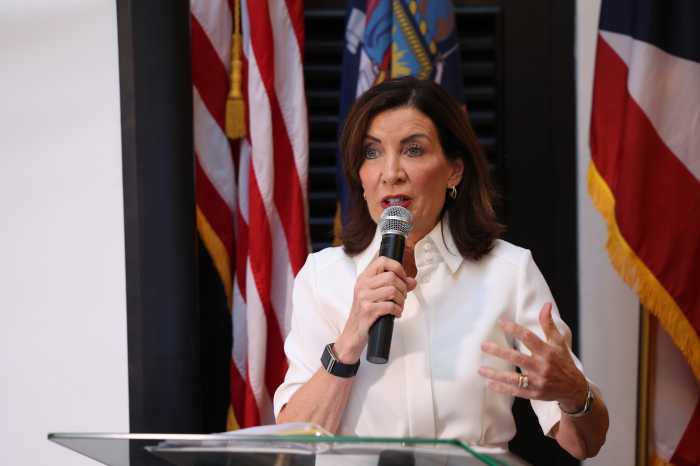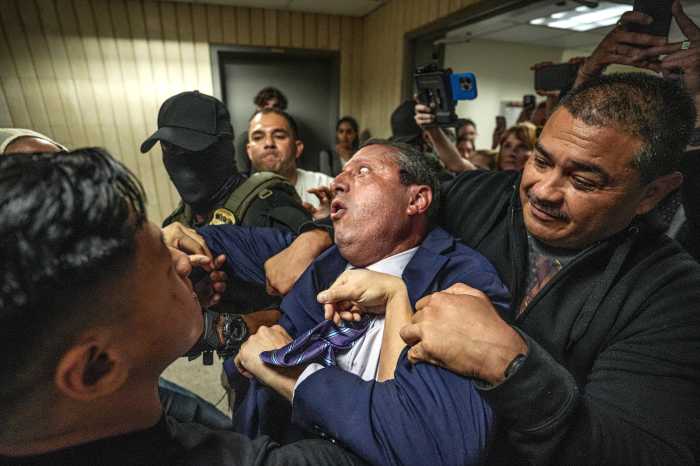The showdown between the federal government and state public health programs that are working to combat the epidemic of overdose deaths has officially started in Philadelphia.
The US attorney for the Eastern District of Pennsylvania on February 6 asked a federal judge to declare that supervised injection programs are illegal. The suit seeks to stop Safehouse, the proposed provider of a supervised injection site, from opening. The action by US Attorney William M. McSwain is a civil, not criminal, action and asks the court to declare preemptively that the proposed public health facility would be illegal.
That court filing coincidentally followed by one day testimony from New York State Health Commissioner Howard Zucker that he is withholding approval of supervised injection facilities here in the face of mounting federal threats to prosecute such venues.
Overdoses happen in these facilities, but prompt intervention by health professionals restores normal breathing and an OD victim avoids a life-threatening accident.
Zucker appeared before the Joint Senate and Assembly hearing on the State Department of Health’s budget and said that forceful opposition from the Trump administration has made him hesitate to offer immediate approval of the type of safer consumption spaces that are operating in more than 100 cities in Canada, Europe, and Australia.
McSwain’s action in Philadelphia, meanwhile, seeks a declaratory judgment before any site becomes operational. In that way, the Philadelphia Inquirer reported, the prosecutor avoided more “drastic steps such as arrests, prosecutions, or forfeiture proceedings.”
Despite being on the other side of the issue, that is an approach that won praise from attorneys for Safehouse.
District Judge Gerald A. McHugh’s job will be to interpret federal law to see if supervised injection sites may open without Congress changing existing law — especially a 1986 crack house law that imposes prison sentences of up to 20 years for maintaining an establishment for the use of drugs.
The delay in opening what New York City officials are calling Overdose Prevention Centers has been accompanied by growing neighborhood concerns in Washington Heights and the Bronx about needles being found in parks and on subway platforms. A meeting was held at City Hall in January about crafting a response to this problem without reinstating sweeps that haul drug users into Rikers Island. The law and order approach can lead to illness among incarcerated users and the risk of overdose when they are released and find they can no longer tolerate their former doses.
By allowing drug users to consume on premises, Overdose Prevention Centers stop them from discarding their syringes in public places. The facilities have the same red containers for medical waste that exist in every doctor’s office. The facilities not only prevent overdose deaths but also provide a way for health professionals to link users to treatment they may be willing to pursue.
The de Blasio administration last year signaled its support for the overdose centers, but the city is awaiting a green light from Albany.
In a related matter, VOCAL-NY, a group that focuses on the civil rights of drug users, has opened a new front in the battle for better health services for this population. It is pushing legislative leaders in Albany to improve health programs in state prisons and local jails. At a February 5 press conference in Albany, the group asked that funds be appropriated to provide prisoners with medically assisted treatments for drug addiction and hepatitis C. VOCAL is an active member of the Hepatitis C Elimination Coalition.
The new effort calls for providing prisoners with the same medical services available to the general public. Reports on the overdose epidemic from across the country — in both Democratic and Republican jurisdictions — conclude that medically assisted treatment, which reduces the craving for opioids, produces the best results. But only six of 54 state prisons in New York provide this medical care — and, outside of Rikers Island, county jails make their detainees go cold turkey with minimal medical intervention.
Simply cutting off a user from their supply escalates craving, making the person fixate on the drug and increasing their risk of relapse, often with deadly consequences. Medically assisted treatment for heroin users — methadone and buprenorphine — reduces that craving. And should a person relapse, these medicines block the high. While no treatment is 100 percent effective, the success rate of persons receiving medically assisted treatment is much higher than those relying strictly on abstinence.
This is a message VOCAL and its allies have been explaining to legislative staff. In letters to Senate Majority Leader Andrea Stewart-Cousins and Assembly Speaker Carl Heastie, VOCAL, citing a State Health Department finding that hepatitis C epidemics “emerge in the same areas hardest hit by opioid overdose deaths,” asked for $10 million to provide medically assisted treatment as well as hep C treatment to the prison population.
“The prisons and jails are incubators for poor health,” explained Clifton Garmon, a senior policy analyst at VOCAL. Needle sharing either for drugs or tattoos transmits hep C, and incarcerated men are denied condoms and lubes, maximizing the risk of anal tearing during intercourse. These lapses in both preventive medicine and available treatments are “perpetuating” epidemics that could be brought under control, Garmon warned.

